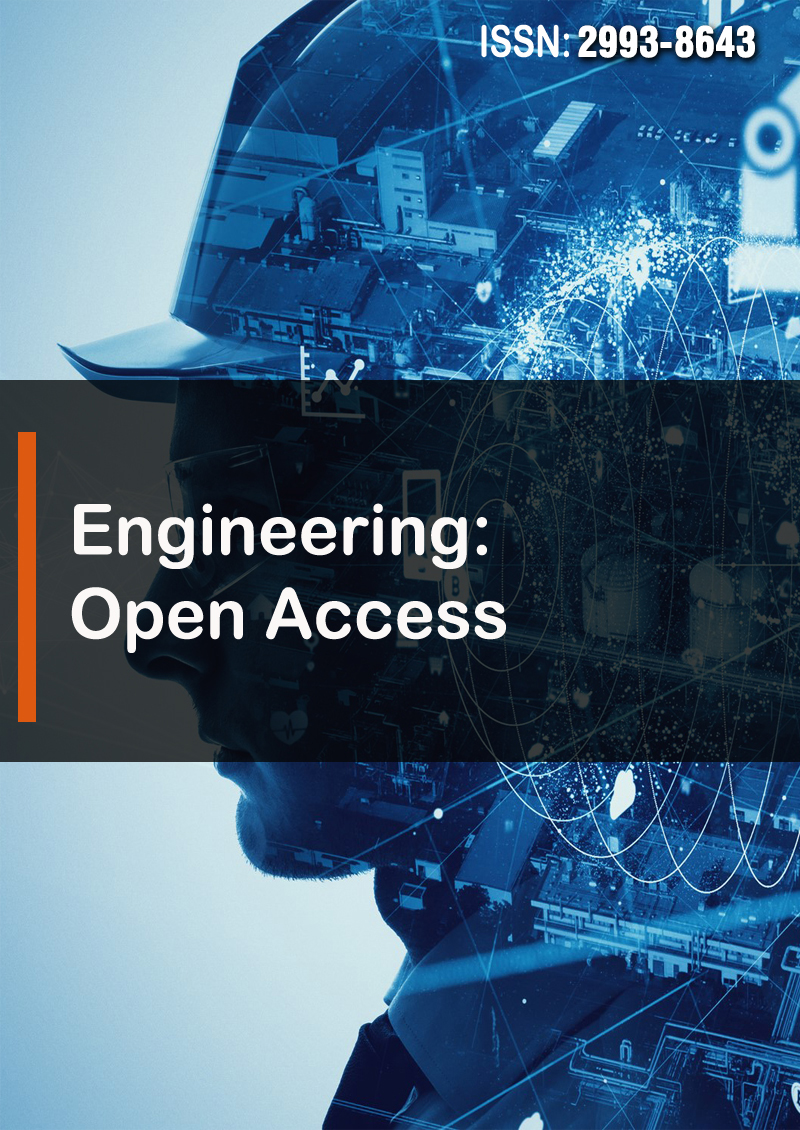Exploring Instruction Set Architectural Variations: x86, ARM, and RISC-V in Compute-Intensive Applications
Abstract
Wajid Ali
As computational demands continue to evolve in the modern era, the choice of hardware architecture plays a pivotal role in optimizing the performance of compute-intensive applications. This research paper delves into the exploration and comparison of three prominent hardware architectures: x86, ARM, and RISC-V, within the context of compute-intensive applications. The study begins with a comprehensive overview of these architectures, highlighting their distinctive features, and strengths. Subsequently, we investigate their suitability and adaptability in diverse compute-intensive workloads. Our analysis encompasses a wide spectrum of parameters, including computational throughput, power efficiency, scalability, and architectural flexibility. We scrutinize the architectural intricacies that impact the execution of compute-intensive tasks, shedding light on both the advantages and limitations of each architecture. We used the gem5 simulator to compare these Instruction Set Architectures (ISA). We run different benchmarks on gem5 with different ISA and different configurations and compare the result. Based on these results we predict which architecture is better in which scenario. Gem5 is not a cycle accurate simulator but it’s a model accurate. In conclusion, "Exploring Architectural Variations: x86, ARM, and RISC-V in Compute-Intensive Applications" offers a comprehensive insight into the nuances of hardware selection for compute-intensive workloads. Our findings aid system architects, researchers, and technology enthusiasts in making informed decisions about the most suitable architectural choice for their specific computeintensive applications, ultimately contributing to advancements in computational performance and efficiency.



